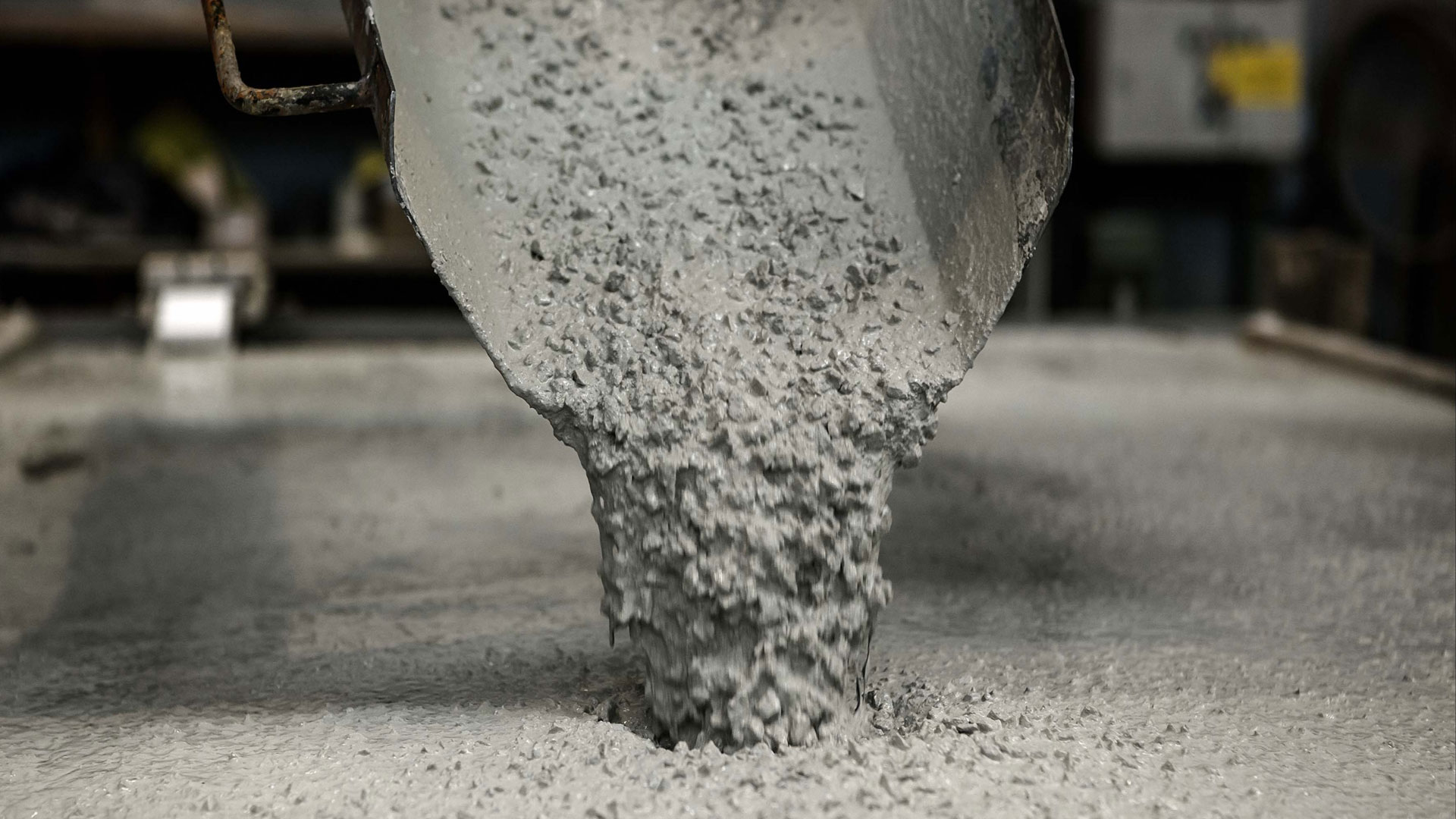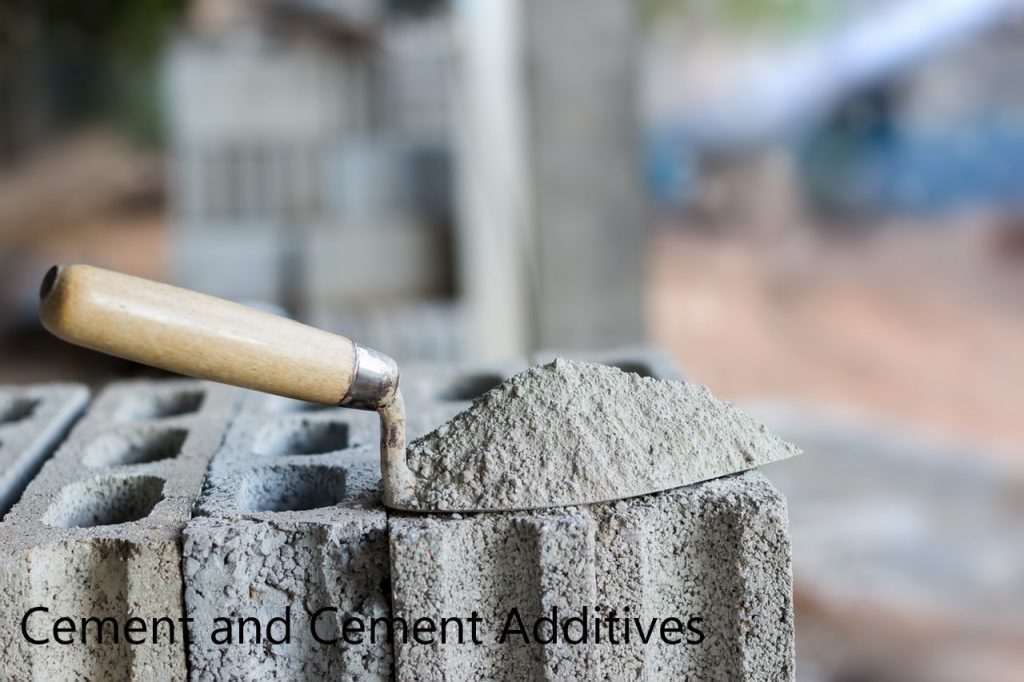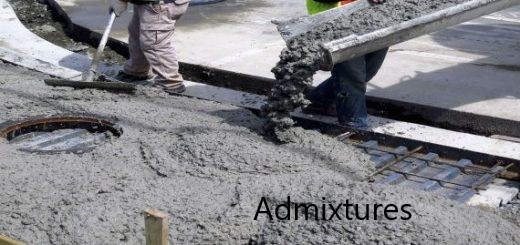The use of admixtures to modify the properties of cement-based materials is a well-known technique to speed up construction, particularly for civil engineers. In particular, water reducing admixtures are gaining attention as a cost-effective solution to reduce the amount of water needed in concrete mixtures, leading to faster hardening and improved durability of the resulting material.
In this blog article, we will be discussing the main benefits of using water reducing admixtures, and how these products can help civil engineers achieve their goals.
Water-reducing admixtures are recommended in order to reduce any tendency toward excessive bleeding and to prevent excessive cement content for a given free water/cement ratio at the required consistency class. Depending on the cohesion of the fresh concrete, it is crucial to choose the right water-reducing admixture: those that are designed to improve cohesion, occasionally entraining a small amount of air, should be used on mixtures that exhibit excessive bleeding and/or segregation, while water-reducing admixtures that act by reducing water viscosity and dispersing cement particles by deflocculation are beneficial for cement-rich concretes with a glutinous mortar phase.
What is Water Reducing Admixture
The use of a water reducer leads to a reduction in the amount of water in the concrete mix. As a result of that the water-cement ratio decrease if we maintain the same cement content. Further, we can maintain the same slump and the workability of the concrete though we reduce the amount of water.
With low water-cement ratio increases the compressive strength of the concrete and reduces the low permeability.
Water reducing admixtures can be classified under three main categories.
- Conventional Water Reducers
This is the most common type of admixture in this category, and it reduces the amount of water used by about 5 – 10 %. Retardation could be observed with high dosages.
- Mid Range Water Reducers
There would not be retardation with high dosage as conventional concrete and the water usage would be reduced by about 6 – 12%.
- High Range Water Reduces
This is a new-generation admixture and is very sensitive to the condition of the materials used for the concrete. These types of admixtures reduce the amount of water by 12 – 40 %.
When we use these admixtures, it shall be done with much care. We do the trial mixtures, before starting the project. During the trial mix, aggregate, cement, and water users need to be kept unchanged during the construction. If we used the aggregate, fine, and coarse aggregate, that would change the properties of concrete when using the high range water reduction.
Therefore, special attention shall be made to incompatibilities.

Use of Admixtures
Water reducing admixtures are added to concrete mixtures in order to increase the rate of hydration or the speed at which the concrete sets and hardens. By reducing the amount of water needed in the concrete mixture, these admixtures can help to improve the strength and durability of the resulting material. In addition, water reducing admixtures can also help to improve the workability of concrete, making it easier to pour and place.
One of the main benefits of using water reducing admixtures is that they can help to speed up the construction process. By reducing the amount of water needed in the concrete mixture, these admixtures can help to shorten the curing time and allow civil engineers to move on to the next phase of construction more quickly. In addition, these admixtures can also help to improve the quality of the finished product, by helping to prevent cracking and shrinkage.


